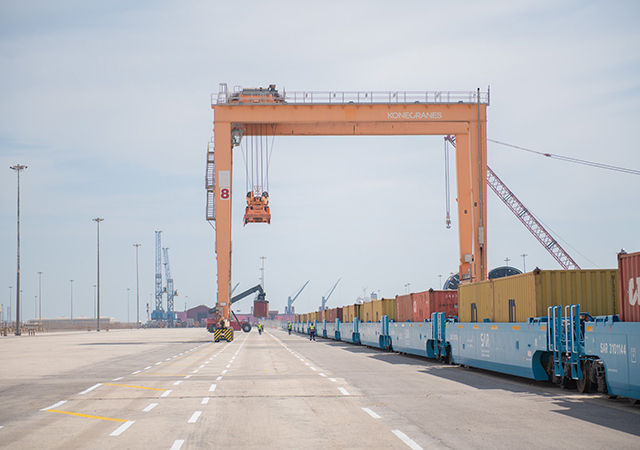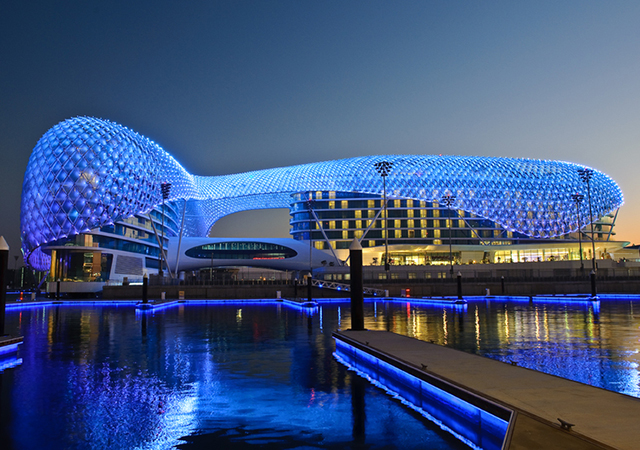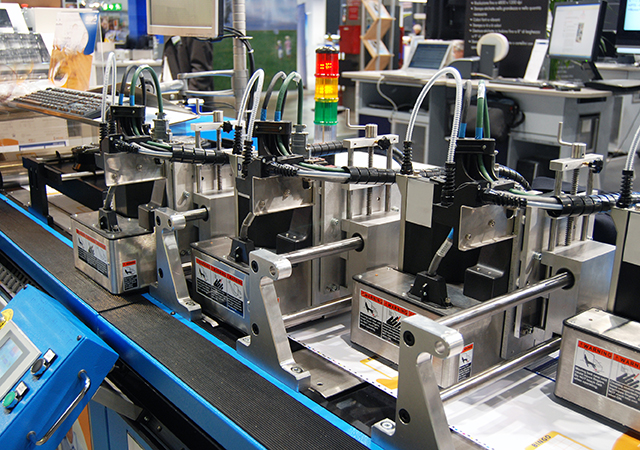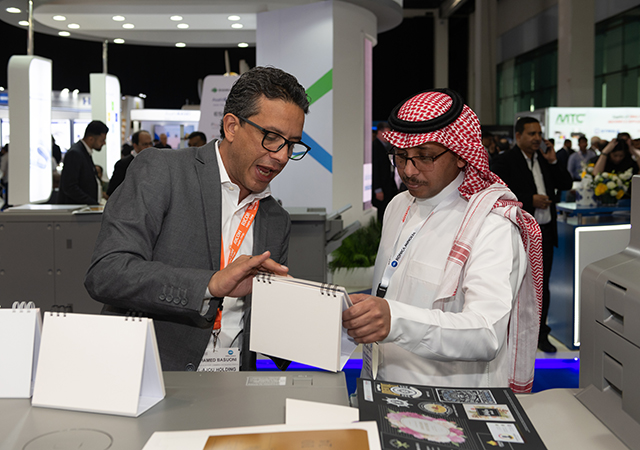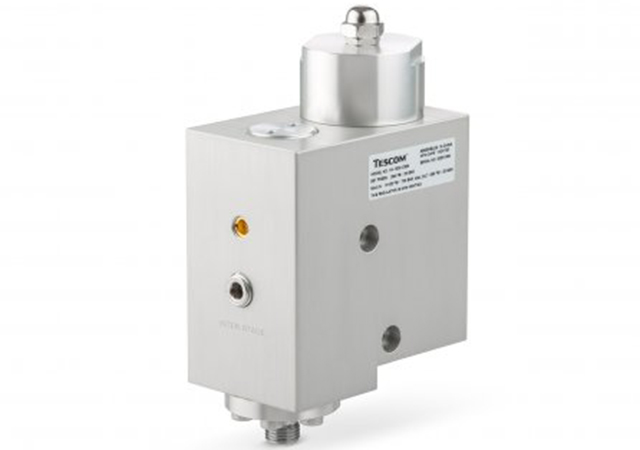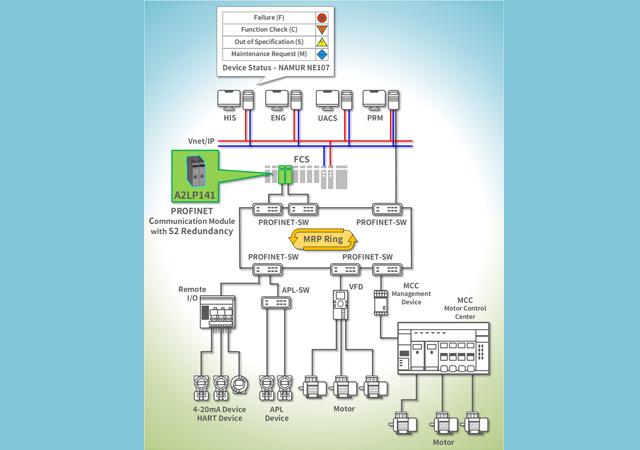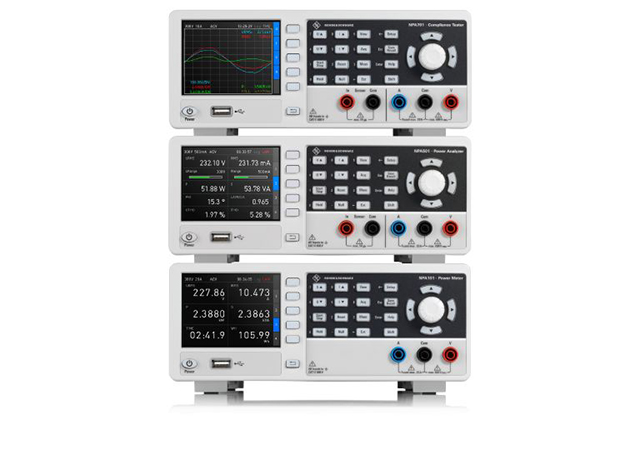
 Busy port areas like the Long Beach terminal island will benefit from Harbour Shield
Busy port areas like the Long Beach terminal island will benefit from Harbour Shield
Battelle and its partners are working to make American ports safe from terrorists and international drug cartels by creating a “quantum leap” system incorporating an underwater sensor array that scans all ships as they enter United States harbours.
Battelle is teamed with the Naval Undersea Warfare Centre (NUWC) and EdgeTech Marine in a mutually funded and in-kind cooperative research and development programme called Harbour Shield.
The Harbour Shield system uses powerful imaging technology to map the underwater hulls of ships as they enter harbours, scanning their bellies to detect weapons of mass destruction, mines, bundles of illegal drugs, and any other irregularities. It can detect the exact location on the hull of any abnormality as small as a square foot.
Simultaneously, topside sensors will determine the ship’s exact location in relation to the underwater sensors. The combined data will be used to create a “hullprint” that will be stored in a global network. After being scanned once and entered into the hullprint database, ships will be cross-referenced and their hullprints updated each time they sail into another American port. Eventually, Harbour Shield will contain a database of all ships that have entered American ports.
The concept of the Harbour Shield technology was proven this year in Narragansett Bay, Rhode Island. A full-scale, baseline demonstration of the technology is planned for mid-2009 in the same estuary. As Harbour Shield matures, enhancements will be incorporated, such as improved and automated imaging (so humans won’t have to stare at a screen of every rendering of every hull) and a larger database. Eventually, Harbour Shield should be capable of scanning entire harbours for every boat and swimmer. It also could benchmark ship hull maintenance; enhance hull inspections for marine growth, damage, corrosion, and paint thickness; and even determine what liquids are stored within the hull.
Currently there is no system to inspect the estimated 50,000 worldwide freighter ships as they enter American ports. Without Harbour Shield, ships’ underwater hulls can only be inspected by divers. If a ship is deemed to require investigation, it must anchor and shut down all its engines and intakes to prevent diver injury. Divers must then hand search the hull by feeling their way along in murky water, often missing large sections of the surface. The practice is time consuming, costly, and largely ineffective. Harbour Shield represents a quantum leap forward and could save time, money, and lives. It will also enable US authorities to scan every ship that enters port instead of a very small percentage of them.
Battelle is the world’s largest non-profit independent research and development organisation, providing innovative solutions to the world’s most pressing needs through its four global businesses: Laboratory Management, National Security, Energy Technology, and Health and Life Sciences.
It advances scientific discovery and application by conducting $4 billion in global R&D annually through contract research, laboratory management and technology commercialisation. Headquartered in Columbus, Ohio, Battelle oversees 20,400 employees in more than 120 locations worldwide, including seven national laboratories which Battelle manages or co-manages for the US Department of Energy and the US Department of Homeland Security.



